A road trip like no other: Utah’s ‘Mighty 5’ national parks in stunning photos
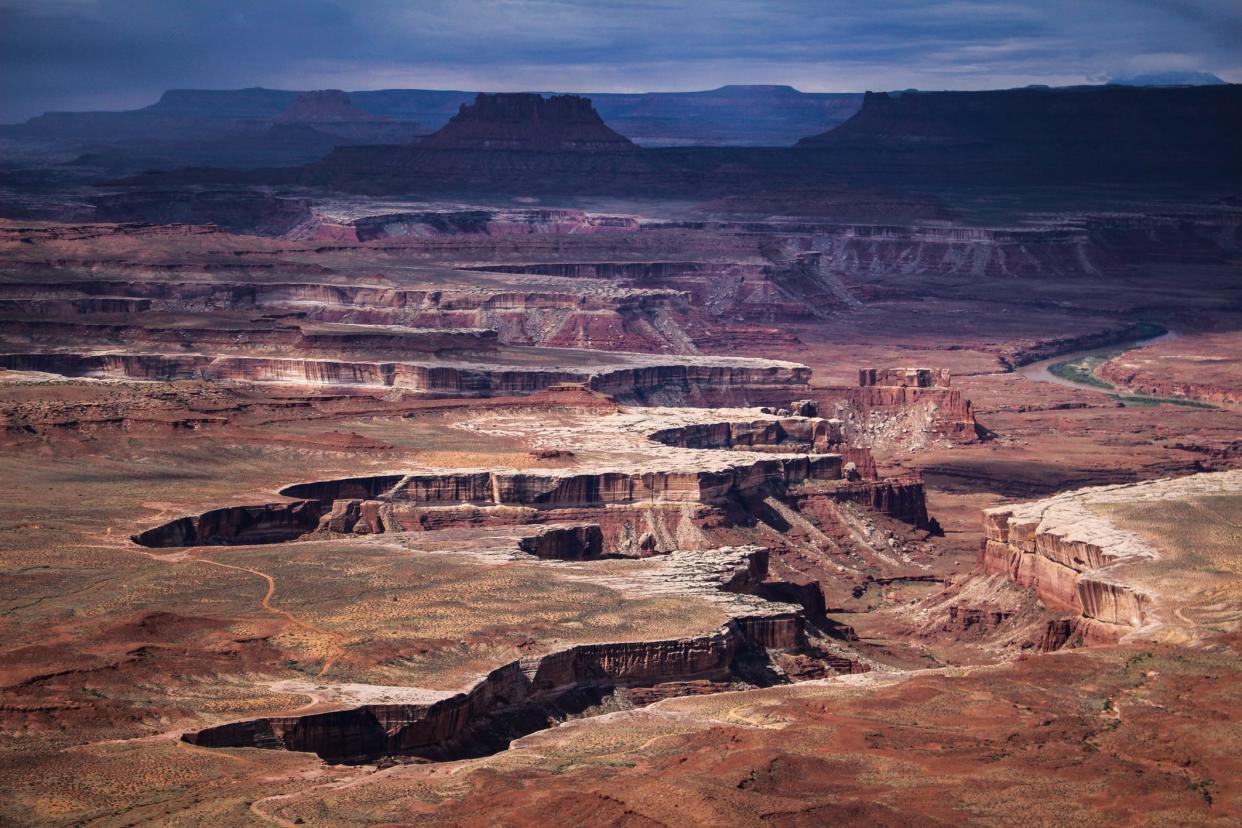
Last year, the unexpected arrival of the coronavirus that causes COVID-19 caused travel to slow to a trickle as health officials begged people to stay home.
Though the Centers for Disease Control and Prevention is still advising Americans to limit nonessential travel – even if they're vaccinated against COVID-19 – cooped-up travelers are still seeking low-risk, socially distanced adventures and taking their wanderlust on the road and to wide-open spaces, including awe-inspiring national parks around the country. .
Utah's "Mighty 5" national parks, as they're known, saw a decline of nearly 3 million fewer travelers in 2020. But this year, the state is bracing for a significant travel surge as open land and driving trips are expected to dominate the summer travel season.
Utah is renowned for its fabulous five red-rock national parks, including the marvelous sandstone formations of Arches and Canyonlands, easily accessible from the charming town of Moab with its Old West motif; Bryce Canyon, known for its knife-like hoodoo spires; Zion, with its challenging hikes and spellbinding topography; and the oft-overlooked Capitol Reef National Park that is known for its Waterpocket Fold, a wrinkle in the Earth's surface.
Canyonlands National Park
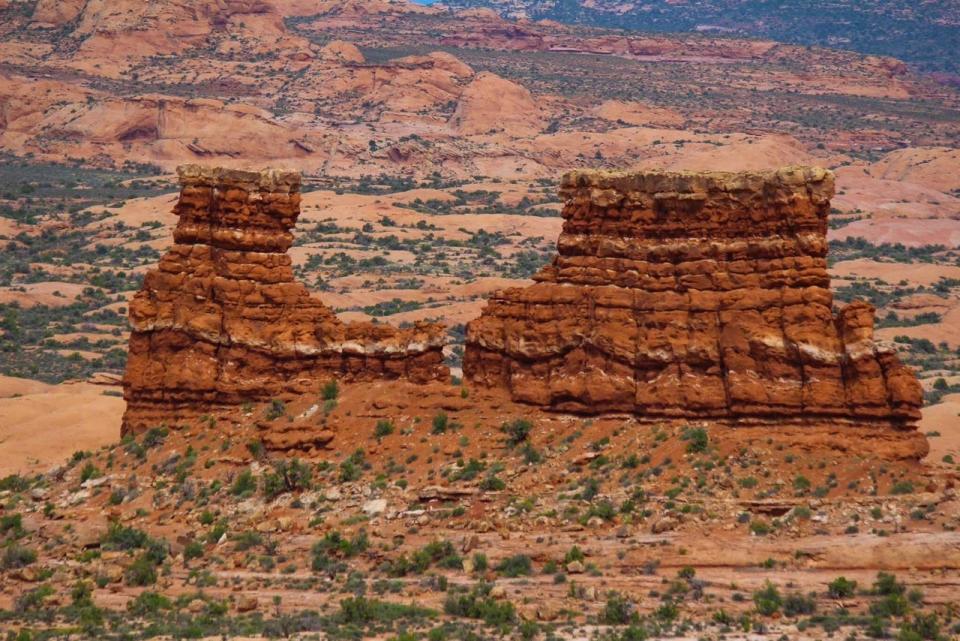
As you drive through Canyonlands National Park, the geological wonders seem endless. The astonishing Monitor and Merrimac rock formations stand out in the distance. The two buttes, named after two Civil War steamships, provide easy hiking and an excellent photo opportunity.

The impressive reddish-brown tones of rugged Candlestick Tower pop during the early hours of the day from the Island of the Sky district panoramic overlook in Canyonlands. The Wingate Sandstone tower soars to a height of 450 feet. You'll notice that the top chimney shape is red, the middle section is shades of brown, while the bottom is white.
Arches National Park
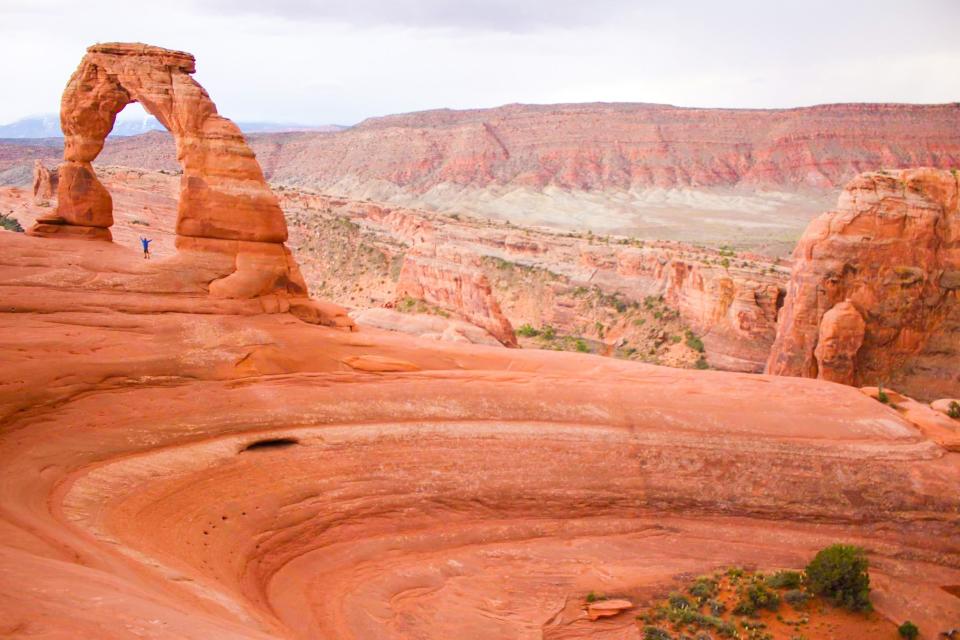
Arches National Park is 5 miles north of the western town of Moab in southeastern Utah. According to AAA Travel, over 1.5 million visitors are estimated to visit the park this summer season.
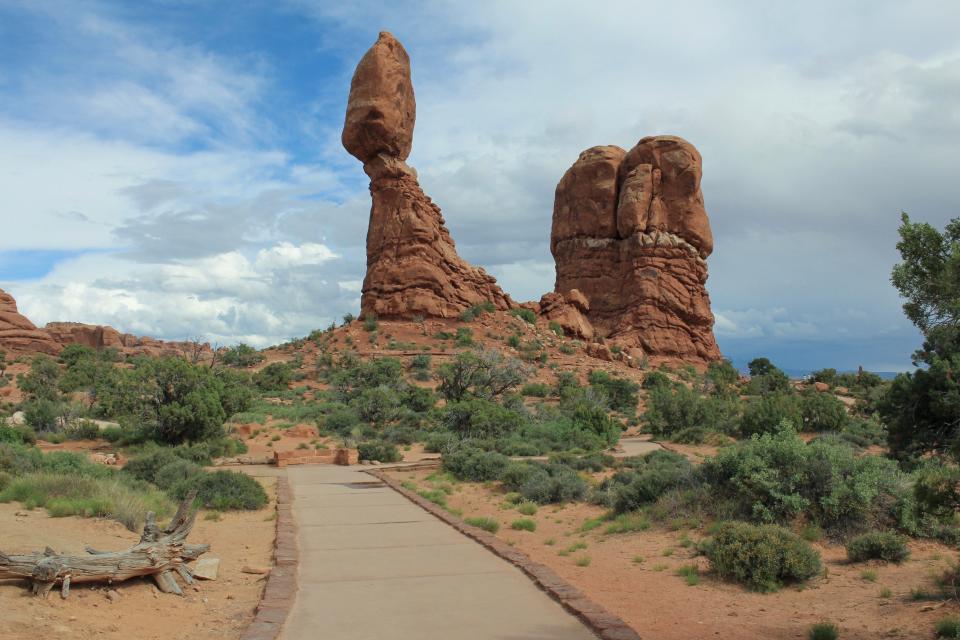
Hiking along with fins of sandstone rock in the nearly 8-mile long Devil's Garden Trail in Arches National Park, you'll come across a rare peculiarity in geology. One of the most iconic features is the teetering enormous sandstone boulder atop Balanced Rock, presumed to weigh about 3,677 tons.
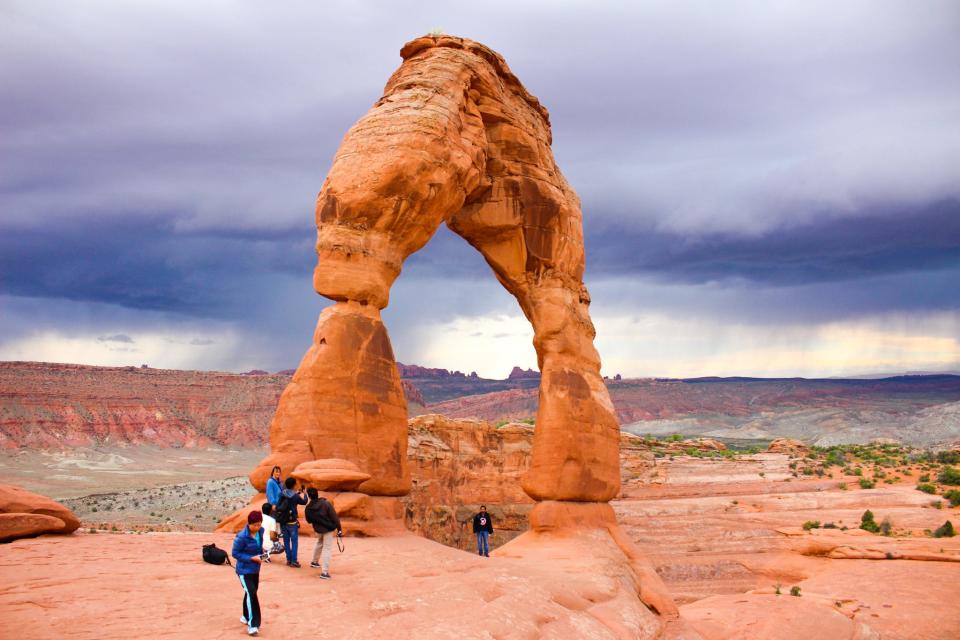
One of the most recognizable and well-photographed natural areas in the country, Arches National Park encompasses just over 100 square miles of eastern Utah and boasts more than 2,000 natural sandstone arches. Its star-studded attraction is the 52-foot-tall monolith Delicate Arch.
Capitol Reef National Park

The Fluted Wall of Capitol Reef is a stripped formation on the side of a mountain. Its musical name is derived from its eroded vertical grooves of Moenkopi Sandstone dating back over 200 million years. You'll also see other erosion sculpted formations and petroglyph etchings across the decline of rock layers in the Waterpocket Fold in Capitol Reef.

At the park is the enjoyable 2-mile round trip to the impressive Hickman Bridge. The well-marked and well-maintained trailhead is located on Highway 24 before you reach the park's visitors center. The trail begins running parallel to the running waters of the Freemont River. The path is not particularly long nor steep, making it ideal for families and children.
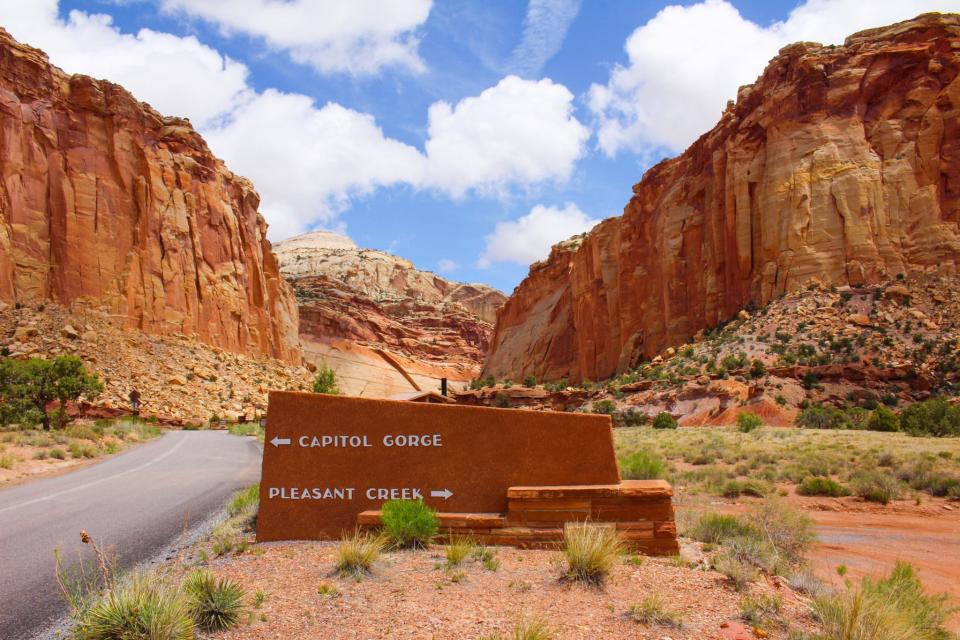
While undeniably a bit out of the way, many visitors to Utah's Mighty 5 miss out on the rare gem that is Capitol Reef National Park. The south-central Utah national park is brimming with canyons, cliffs, bridges, domes and other unique rock formations. With hiking, biking and a slew of backcountry hiking options, travelers shouldn't miss this extraordinary landscape.
Bryce Canyon National Park
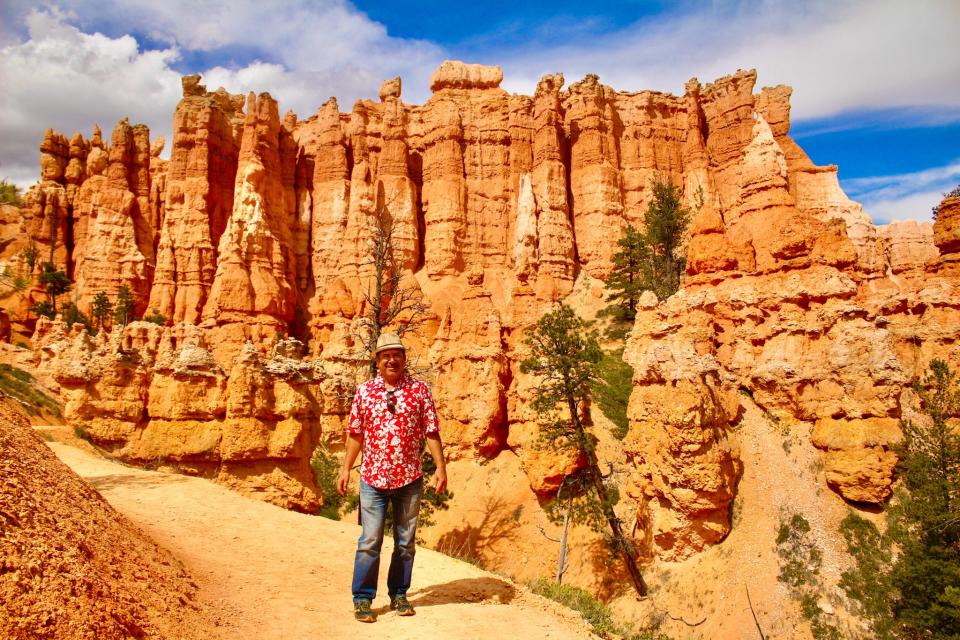
Meander among towering hoodoos in the fabled Queens Garden and Navajo Loop in enticing Bryce Canyon. The 3-mile hike contains the greatest hits of the spectacles in the park. The paved walking trail, part of the Rim Trail, portrays a wide selection of spires, sandstone fins and burnt-orange-colored hoodoos.

In the 55 square miles of Bryce Canyon, you'll see more enchanting beauty than you can imagine. Like an exciting trip back through the epochs of time. Close-up formations thousands of years in the making create a simply stunning backdrop.

The remains of ancient lake bed sedimentary rocks, Bryce Canyon National Park's iconic hoodoos, were formed over thousands of years by deposition of rock, frost weathering and erosion. Trails in Bryce Canyon are less crowded due to the park's remote location. Visitors can view the hoodoo heaven from the park’s many hiking trails and several scenic overlooks.
Zion National Park

Zion National Park invites explorers to discover its narrow canyons, crags and high cliffs. The red and tan-colored vibrant walls of Navajo Sandstone of Zion Canyon run 15 miles long, half a mile deep. The park's Scenic Drive, a propane-powered shuttle bus service, transports guests to nine different stops for better access.

Zion is a landscape of geologic wonder. From ancestral Puebloan and Fremont cultures to the first Mormon settlers, both felt a metaphysical connection to the sacred grounds.
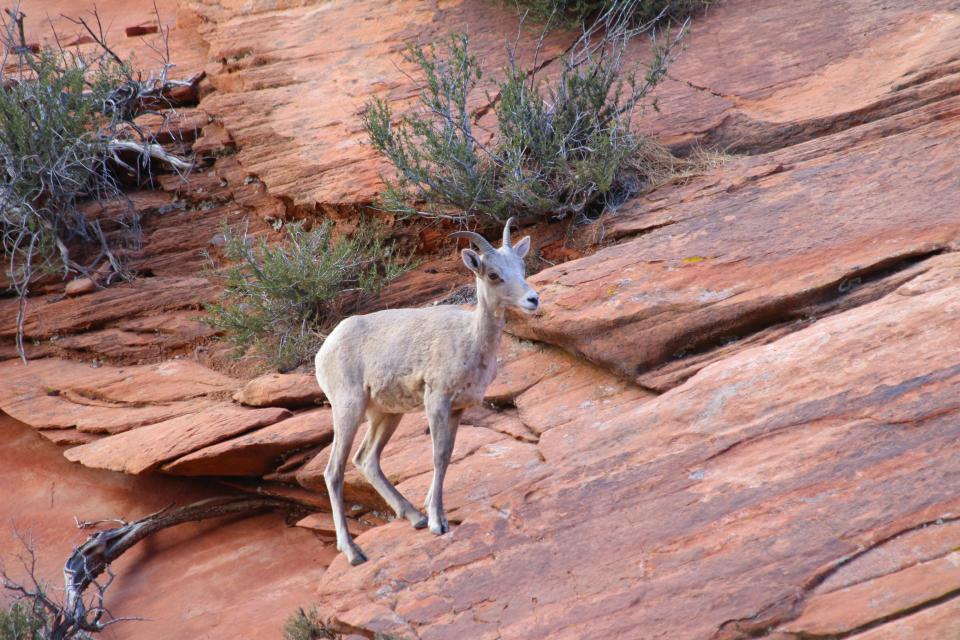
The park is home to 68 species of mammals. As you hike in the park, you might encounter mule deer, bighorn sheep, foxes and rock squirrels. You might see wildlife scampering across slick rock, roaming the canyon floor or along the Virgin River.
What to know about national park road trips
Last summer, as gas prices fell to their lowest numbers in years and travelers sought to avoid crowds, road trips rose in popularity. This summer, fuel costs are projected to be higher, but a trip to the pumps will likely still be lower than in previous years.
The National Park Service requires visitors to wear masks in accordance with an executive order issued by President Joe Biden mandating masks in federal buildings and on federal lands controlled by the executive branch, which includes national park sites, under the supervision of the United States Department of Interior.
The Park Service requires all visitors and employees to don masks inside buildings and facilities and on Park Service-managed lands "when physical distancing cannot be maintained," according to the DOI. For example, a mask will be required when a trail is too narrow or is busy, on overlooks or in historic homes.
Contributing: Morgan Hines, USA TODAY
This article originally appeared on USA TODAY: Arches National Park, Bryce Canyon on Utah national park trip: Photos

